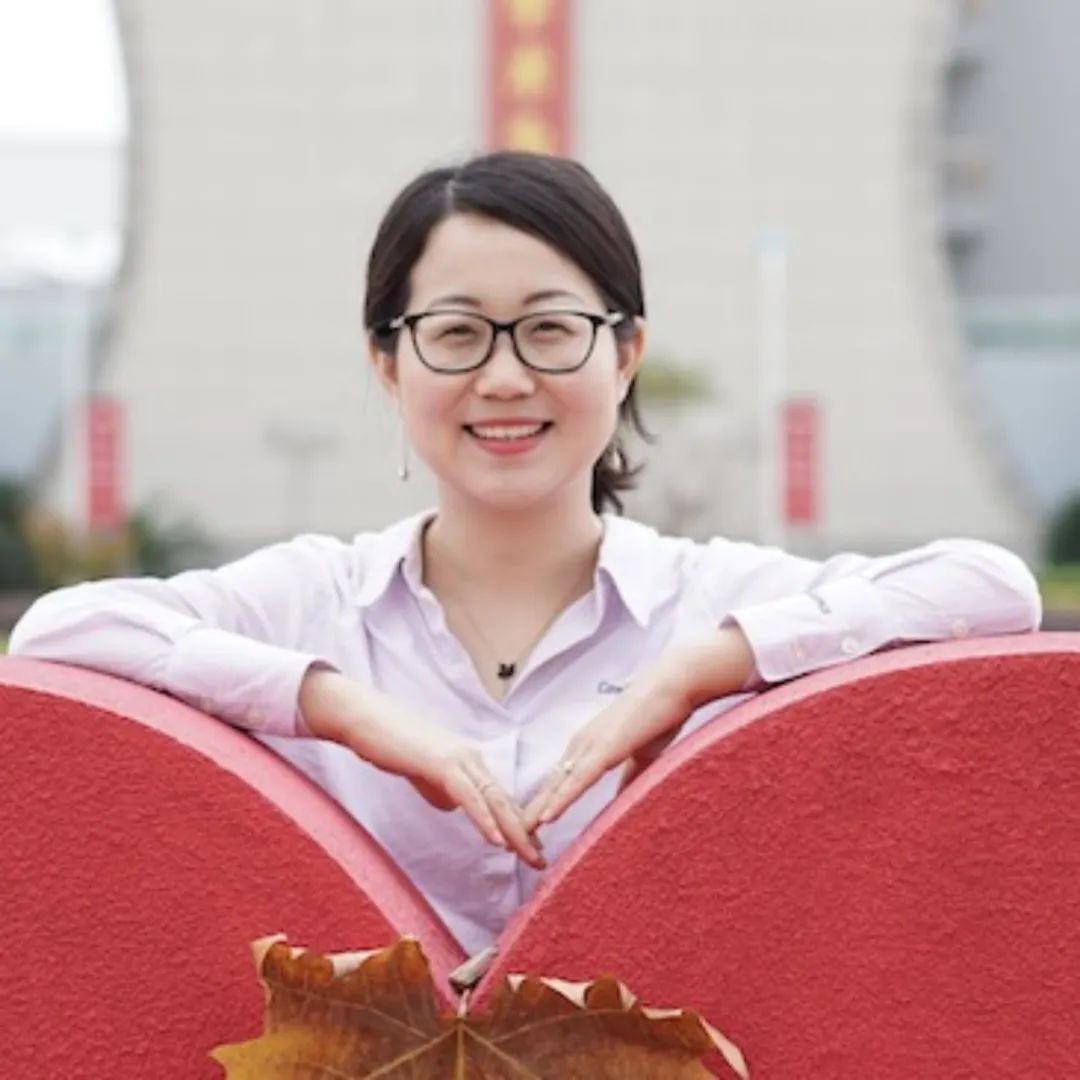时间:2023年10月13日(周五)下午15:00-18:00
地点:暨南大学石牌校区经济学院大楼(中惠楼)102
主持人:王国长 暨南大学
时间 | 主题 | 专家 |
15:00 | Recent Advances in Statistical Methods for Meta-analysis | 童铁军 (香港浸会大学) |
16:00 | Communication-efficient distributed portfolio selection strategy | 林红梅 (上海对外经贸大学) |
17:00 | scDLC: a deep learning framework to classify large sample single-cell RNA-seq data | 周彦 (深圳大学) |
报告摘要及专家简介
童铁军

香港浸会大学数学系教授,副系主任,国际统计协会当选会员。主要科研方向包括非参数回归模型、高维数据分析、Meta 分析和循证医学。2005 年于美国加州大学圣巴巴拉分校获得统计学博士学位,2005-2007 年在美国耶鲁大学从事博士后研究,2007-2010 年在美国科罗拉多大学博尔德分校担任助理教授,2010 年至今任职于香港浸会大学数学系。已在国际知名的学术期刊 Biometrika、JASA、JMLR、Statistical Science 等发表学术论文 100 余篇,包括数篇 ESI 热点论文和 ESI 高被引论文,单篇论文最高被引用 5700 余次。
报告摘要
Meta-analysis is a widely used statistical technique to synthesize the research findings from multiple studies for decision making. Nowadays, meta-analytic results have also been considered the most trustworthy source of evidence by the evidence-based medicine literature. In this talk, I will give an overview of the history of meta-analysis and the main procedure for conducting a systematic review, followed by some key challenges in the implementation of meta-analysis. Moreover, I will also introduce some new developments of our research group in further advancing the literature of statistical meta-analysis together with their potential applications in evidence-based medicine.
林红梅

上海对外经贸大学统计与信息学院教授。现主要从事非参半参回归分析、函数型数据分析以及分布式统计方法等数理统计相关内容的研究,在Statistica Sinica, JMA等国内外学术期刊发表论文二十余篇。主持国家自然科学基金面上项目和青年项目各1项,主持上海市自然科学基金项目面上项目1项,主持教育部重点实验室开放课题项目1项,主持上海市重点课程项目1项。2022入选上海市“曙光计划”项目, 2020年荣获首届“上海高校青年教师培养资助计划”课程思政教学案例展演活动自然科学组三等奖,2019年获得上海对外经贸大学“科研标兵”称号。主要学术兼职有:中国现场统计研究会理事,中国现场统计研究会教育统计与管理分会副理事长。
报告摘要
Modern portfolio theory is one of the most influential basic theories in the field of financial investment. The development of successful portfolio selection strategies requires that the strategies have good out-of-sample performance with substantial rewards, provide diversification benefits with controllable risk, and are easy to operate and maintain. However, as the global financial market expands, a large number of different asset data are often collected from different sources with different times and locations, the existing portfolio strategy cannot deal with this situation. This paper provide a new estimation approach for the portfolio selection strategy in a distributed system and establish the theoretical results. We further apply Monte Carlo simulations to evaluate its finite sample performance, and the usefulness of our algorithm is also illustrated through the NYSE datasets.
周彦

深圳大学数学与统计学院特聘研究员,博士研究生导师。毕业于东北师范大学,曾在UIUC从事博士后工作,2015年进入深圳大学工作。曾访问香港大学,香港浸会大学,香港城市大学等。主要研究方向为纵向数据,生物统计,机器学习,医学统计等。获得深圳市孔雀计划奖励C类和“南山区领航人才”。主持国家面上项目,国家青年项目等数项。以第一作者身份在Genome Research(影响因子:14.38),Bioinformatics(影响因子:7.38),Statistics in Medicine, BMC Genomics等国际顶级期刊上发表高水平SCI论文近四十篇。单篇最高引用次数150多次。目前兼职广东省高等学校教学指导委员会委员;广东省现场统计协会副理事长,常务理事;中国现场统计协会理事;中国环境资源统计协会常务理事等。
报告摘要
Background: Using single-cell RNA sequencing (scRNA-seq) data to diagnose disease is an effective technique in medical research. Several statistical methods have been developed for the classification of RNA sequencing (RNA-seq) data, including, for example, Poisson linear discriminant analysis (PLDA), negative binomial linear discriminant analysis (NBLDA), and zero-inflated Poisson logistic discriminant analysis (ZIPLDA). Nevertheless, few existing methods perform well for large sample scRNA-seq data, in particular when the distribution assumption is also violated.
Results: We propose a deep learning classifier (scDLC) for large sample scRNA-seq data, based on the long short-term memory recurrent neural networks (LSTMs). Our new scDLC does not require a prior knowledge on the data distribution, but instead, it takes into account the dependency of the most outstanding feature genes in the LSTMs model. LSTMs is a special recurrent neural network, which can learn long-term dependencies of a sequence.
Conclusions: Simulation studies show that our new scDLC performs consistently better than the existing methods in a wide range of settings with large sample sizes. Four real scRNA-seq datasets are also analyzed, and they coincide with the simulation results that our new scDLC always performs the best.
欢迎感兴趣的师生参加
校对 | 王国长
责编 | 麦嘉杰
初审 | 黄 振
终审发布 | 郑 贤


